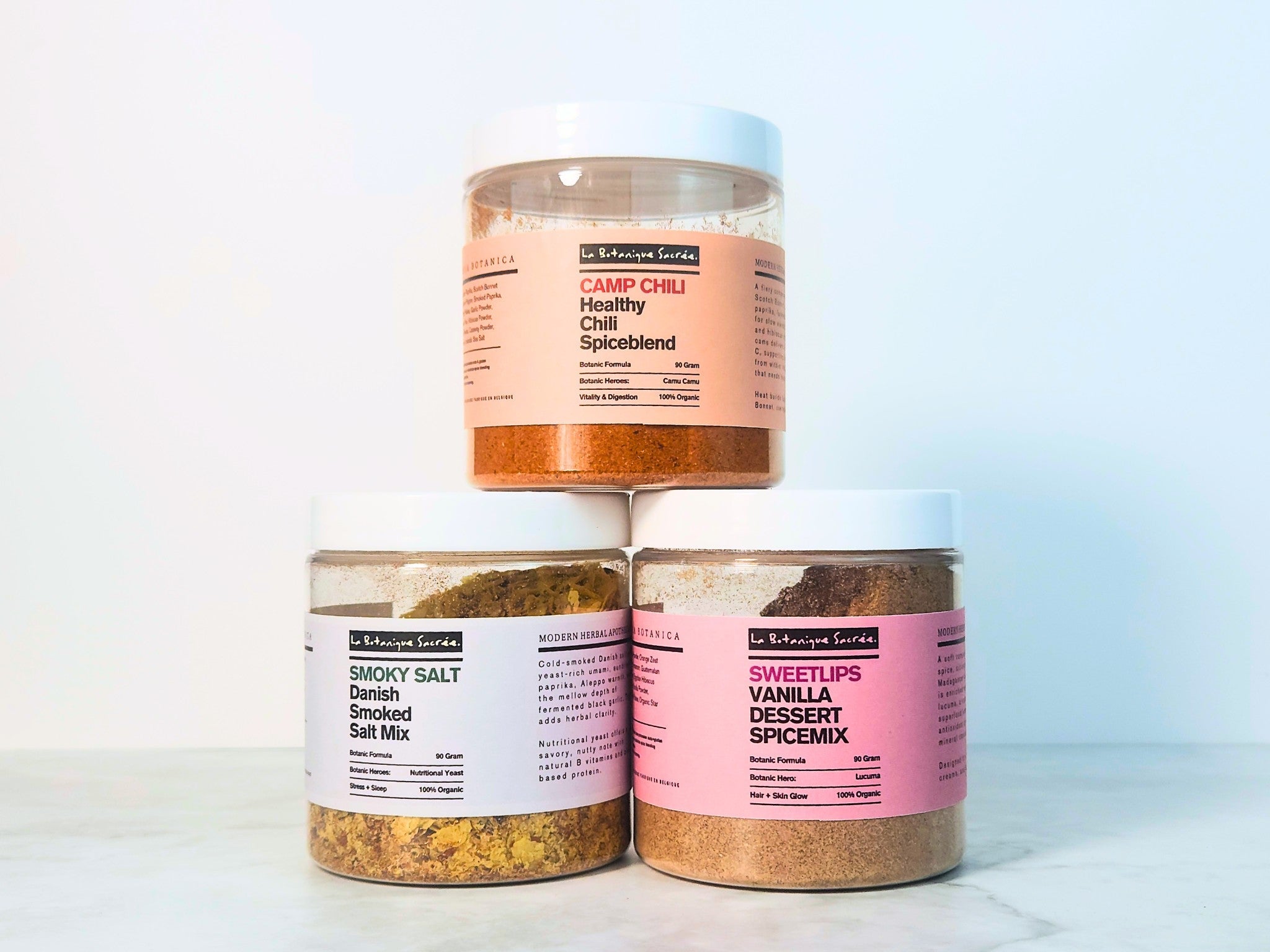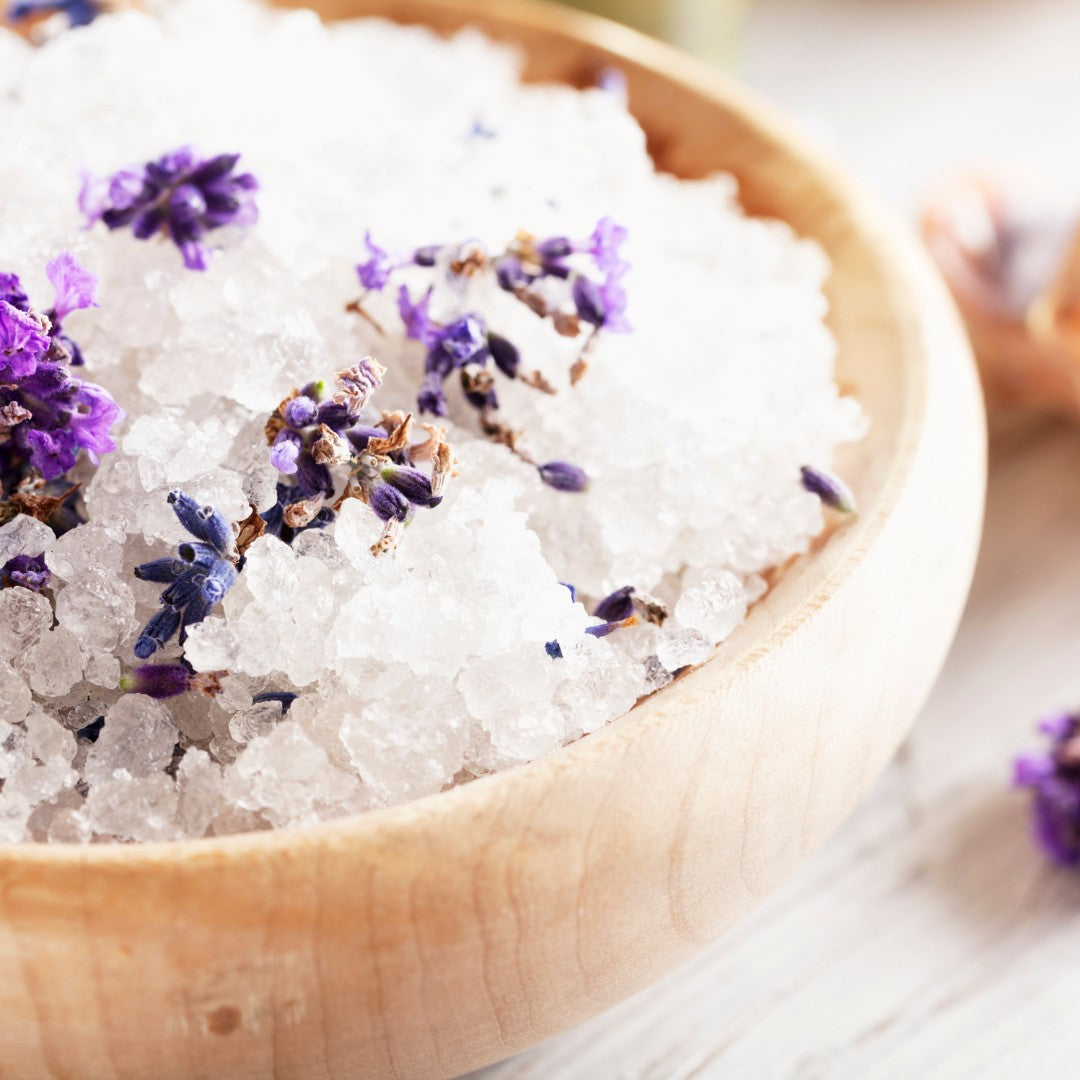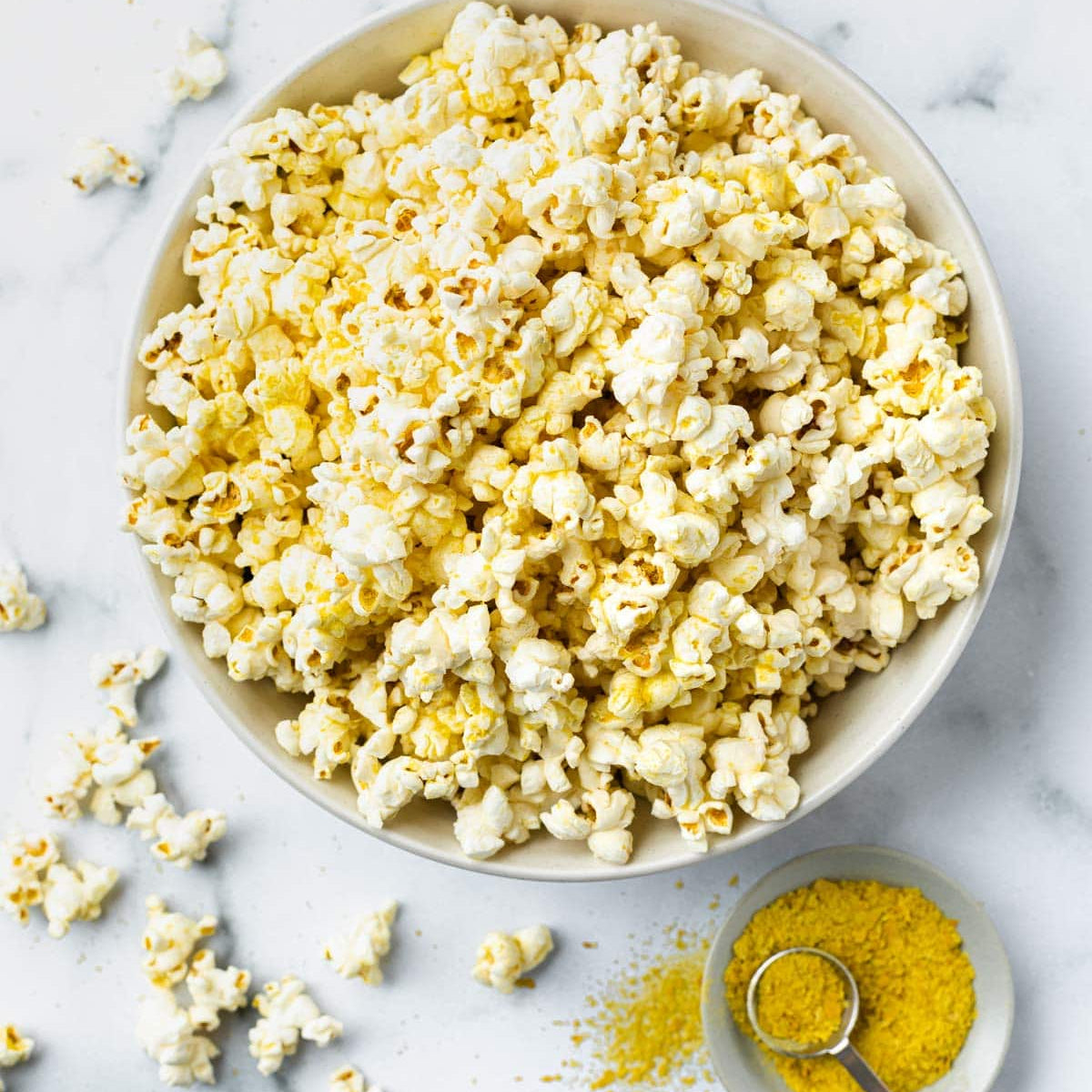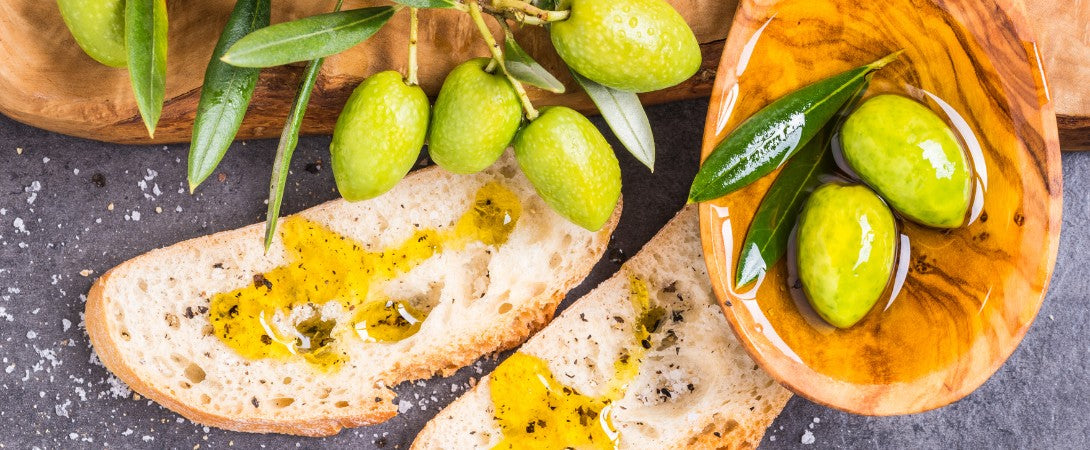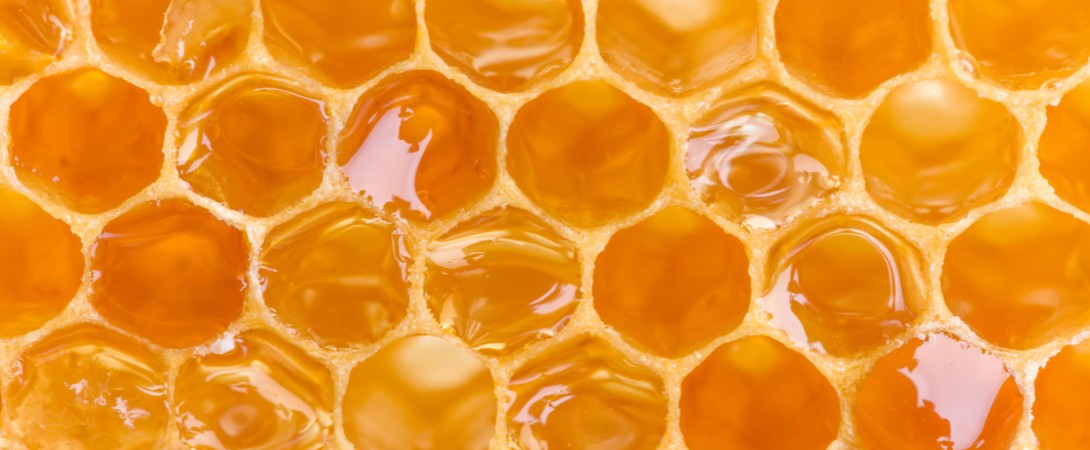Persian Blue Salt for a mineral saline hit
Persian blue salt is a geological rarity and a culinary accent with a calm, mineral voice. The crystals carry a natural azure cast that comes from conditions out of ancient evaporite beds. In the kitchen, persian blue salt finishes plates with clean salinity and a soft visual statement.
Science and Composition
Chemical Composition
At its core persian blue salt is halite, predominantly sodium chloride. Trace minerals occur, notably potassium from sylvite or sylvinite associations, as well as small amounts of calcium and magnesium.
The internal lattice in blue halite can hold color centers formed by defects and natural irradiation, which shift the way light passes through the crystal and produce blue tones.
The potassium-bearing phase sylvite is often cited near these blue zones in Iranian deposits. Together, inclusions and lattice defects explain the stable, natural tint seen in persian blue salt .
Commercial persian blue salt is quarried in Iran, with documented activity in the Semnan region where ancient marine basins left thick evaporite beds. The distinctive blue halite occurs in limited veins within broader white and pink salts. The blue effect is not a dye. It is a natural geological outcome in specific lenses shaped by pressure, time and occasional proximity to potassium-bearing minerals.
Nutritional Composition
Persian blue salt supplies sodium as its principal dietary mineral. It also contains small amounts of potassium, calcium and magnesium that occur naturally in the rock. As with all salts, use in modest quantities within a balanced diet.
about 85.8% NaCl with measured traces of calcium near 0.097% and magnesium near 0.028%, plus a meaningful potassium fraction, and minimal moisture. These figures vary by vein yet remain within a narrow mineral window for food use.
Heritage and Function
Cultural Significance & Historical Significance
Across Iran and the wider region, salt extraction from ancient inland seas shaped trade and preservation. Persian blue salt sits within that long history as a rare visual variant. Its modern culinary fame stems from artisan finishing, where visual narrative and clean salinity meet contemporary plating. References to blue halite in mineral literature present it as an uncommon expression of a common mineral, and that rarity is what chefs reach for.
Flavor Profile
Tactile crunch. Clear saline opening. Then a quick fade to a mild finish with a faintly sweet aftertaste. Many tasters note a mineral calm rather than brine aggression, which suits raw seafood, fruit, and dairy where salt must season without shadowing.
Fun Tidbits
Blue halite has intrigued mineralogists for decades. Spectroscopic work points to color centers within the halite lattice as a cause of the hue, sometimes in association with nearby potassium salts. In other words, the color lives inside the crystal rather than as a surface stain.
That is why persian blue salt remains blue when fractured and why small chips show the same inner glow.
La Botanique Sacrée's Approach
We favor persian blue salt for three reasons. Mineral integrity. Visual restraint. A clean flavor curve.
In blends, this salt supports a modern apothecary logic where pigment, aroma and mineral structure play in balance rather than compete.
Our salt is sourced as a fine culinary grade from Iran with documented origin in Semnan province. It is hand collected and milled to a stable grain. The lot data we work from detail NaCl dominance, a potassium presence, minimal moisture, and absence of anticaking agents. This supports our clean label and origin integrity standards.
Products featuring Persian Blue Salt
SACRED REAPER - a smoked chili and Carolina Reaper composition anchored by persian blue salt for mineral poise.
TACO NO 1 - chipotle and guajillo with persian blue salt , hibiscus, orange peel and crowberry for red depth and citrus snap.
POIVRE BLEU - four-pepper blend with elderflower and persian blue salt for a floral, azure-tinged finish.
VANILLA MAPLE - nooch, lucuma and vanilla balanced with persian blue salt for a refined sweet–saline edge.




